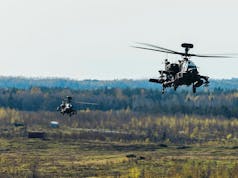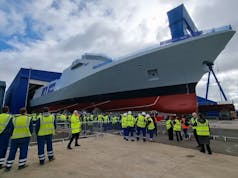The QF-4 Phantom flew its final unmanned mission in the skies above White Sands Missile Range at the end of last month.
Lt. Col. Ronald King, the 82nd Aerial Targets Squadron, Detachment 1 commander said:
“Our mission is to provide those airplanes as targets for our Department of Defense and foreign military sales customers to test the next generation of weapons. Sometimes, that is a missile, sometimes a surface-to-air missile. For the final unmanned flight, we flew in support of an F-35 mission.
The QF-4 has been flying for about 15 years, and it has been instrumental in testing next-generation weapons and radar systems. We’ll continue to fly them as manned aircraft until the end of the programme, which is through December, but this is the last time we are flying it unmanned before we transition to the QF-16.”
The US Air Force is preparing to transition to the QF-16.
The F-4 Phantom first entered service in 1960 with the US Navy. Proving highly adaptable, it was also adopted by the US Marine Corps and the US Air Force, and by the mid-1960s had become a major part of their respective air wings.
The Phantom is a large fighter with a top speed of over Mach 2.2. It can carry more than 18,000 pounds of weapons on nine external hardpoints, including air-to-air missiles, air-to-ground missiles, and various bombs.
The F-4, like other interceptors of its time, was designed without an internal cannon. Later models incorporated an M61 Vulcan rotary cannon. Beginning in 1959, it set 15 world records for in-flight performance, including an absolute speed record, and an absolute altitude record.












